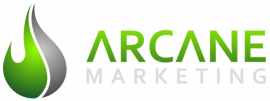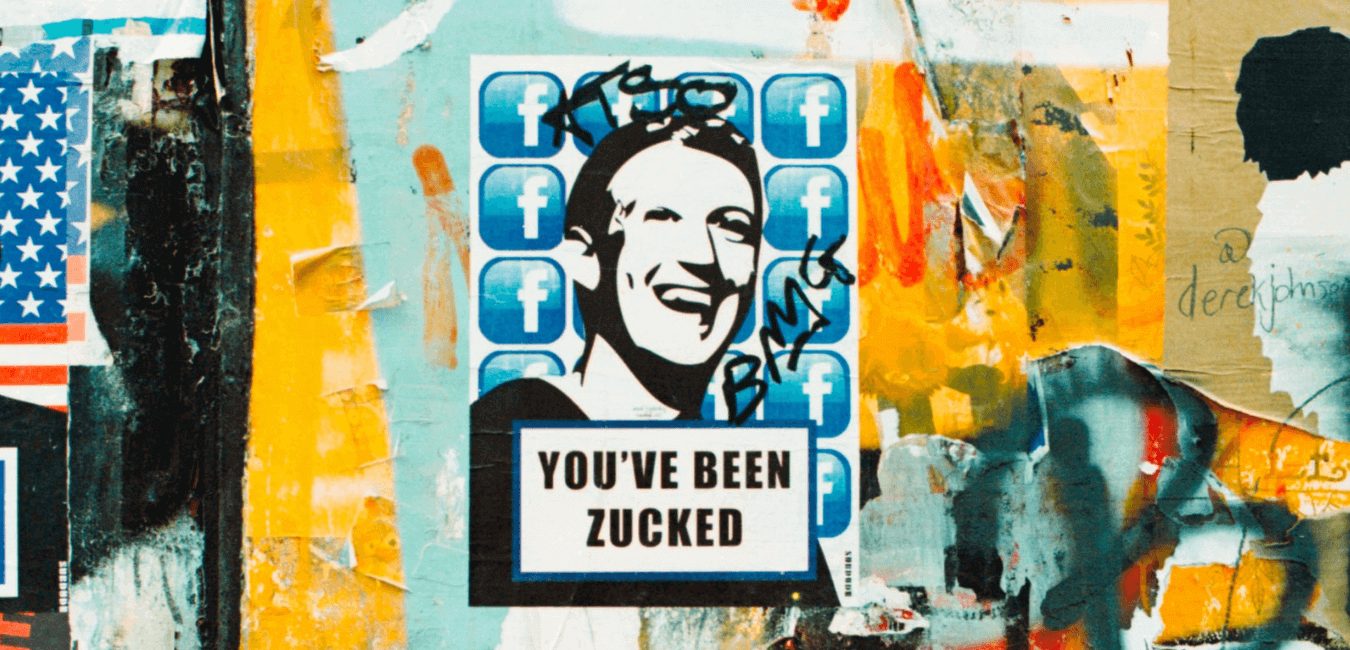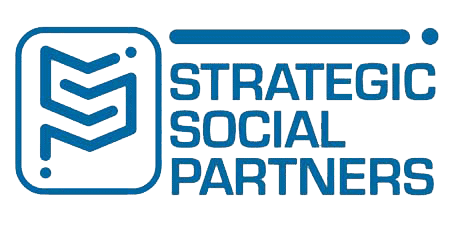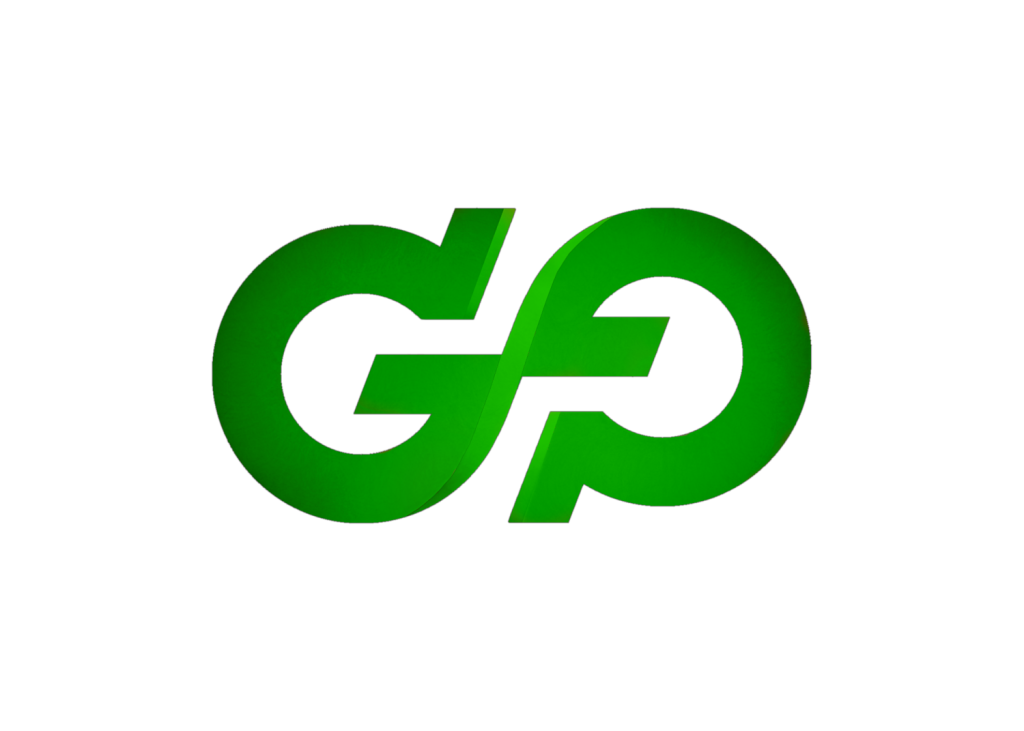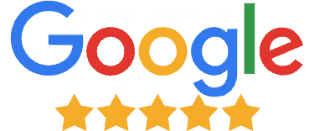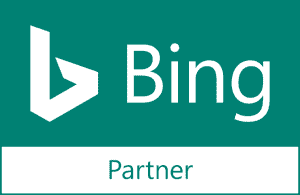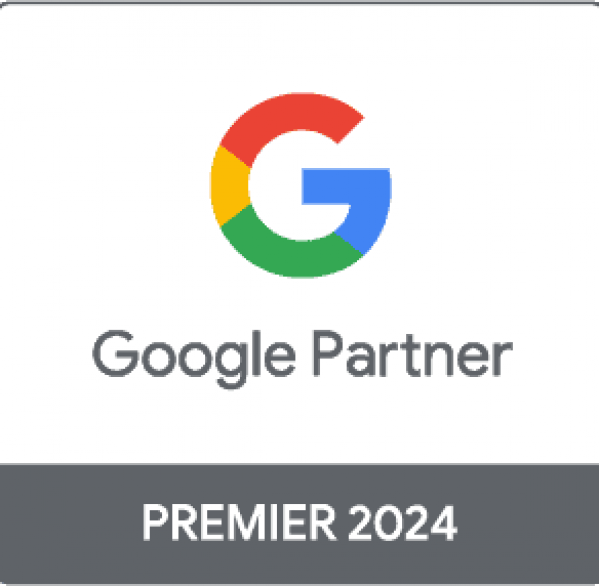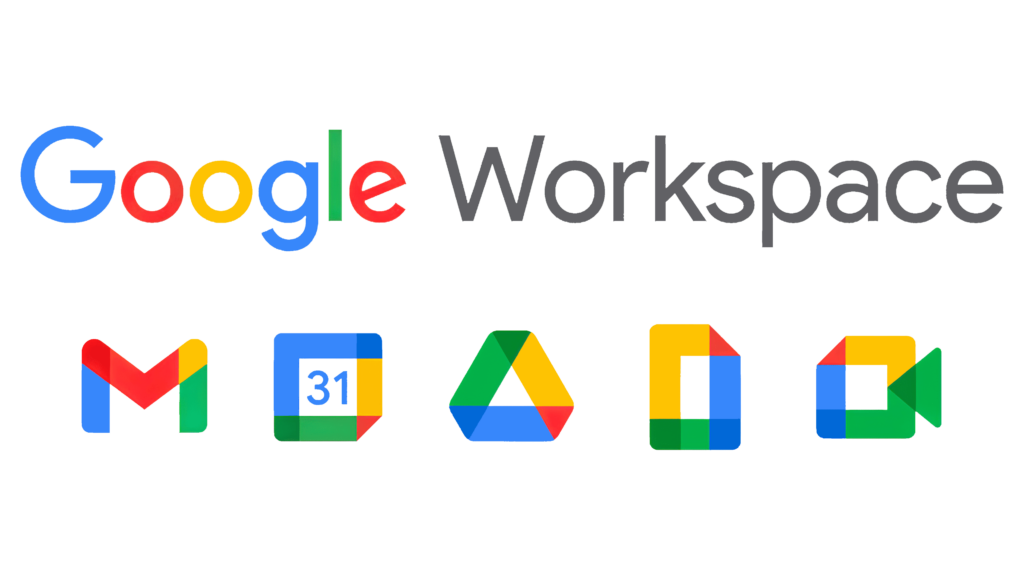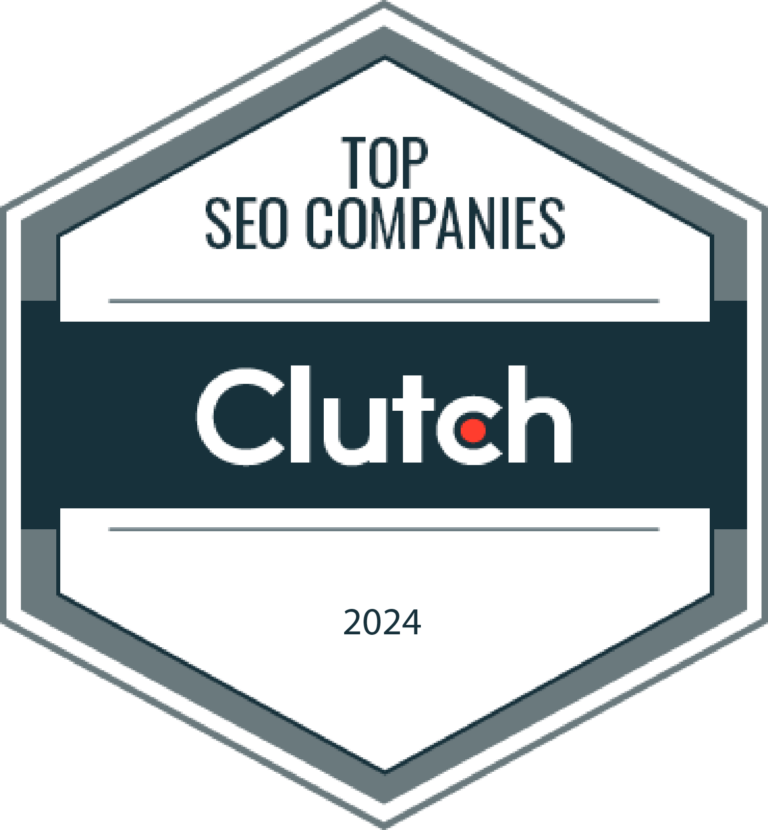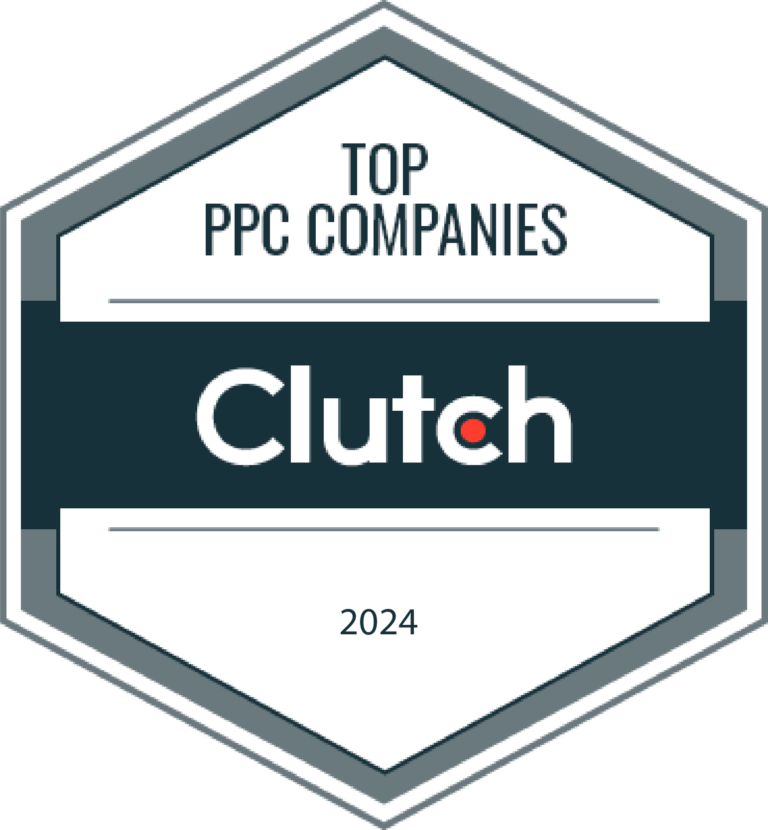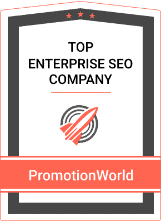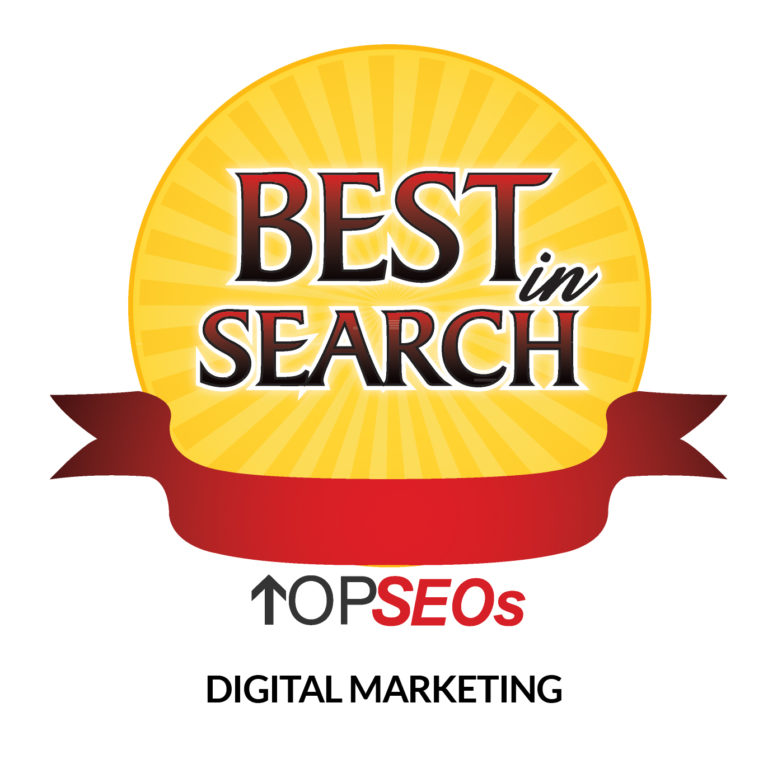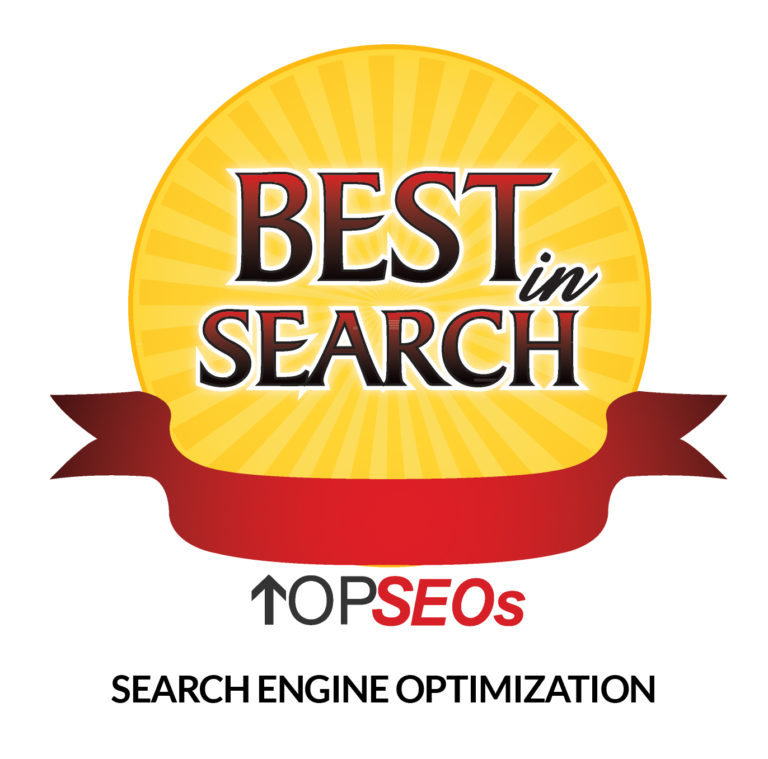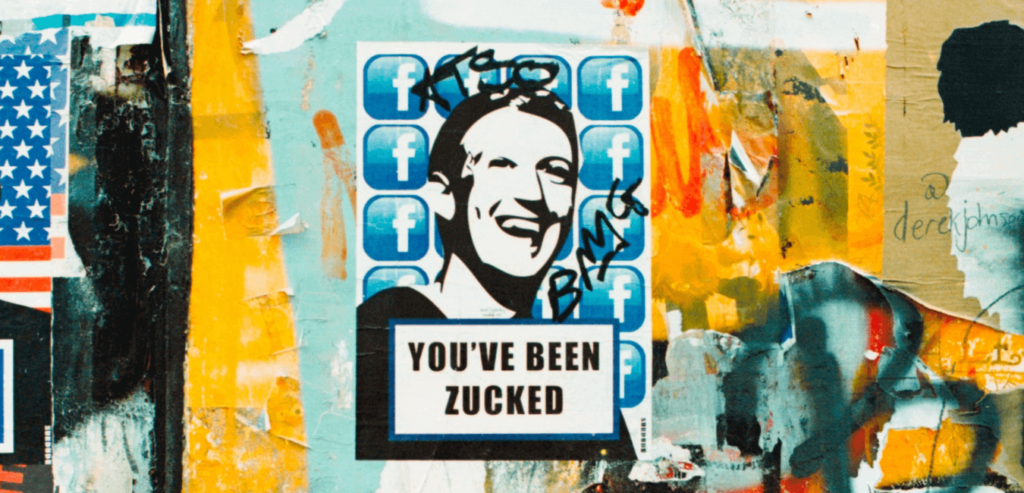
In our Facebook and Instagram news feeds we often see ads for big businesses that can spend something crazy like $300 a day on ads. But they have to reach the entire United States, sometimes other English speaking countries.
When advertising for local businesses, it should be easy right? Sometimes yes, most times, no. It can be pretty difficult to get in front of the right audience and show them the right ad and get the end result you want.
Let’s dive in.
Local Population Interest
In a given area 3% of the population is ready to buy your product or service when introduced to it. Although 15% of the population could use your product or service, they just don’t have a good enough reason or are using a competitor. This all highly depends on your product or service, this is just an average. If you would like to learn more about this watch this Youtube video on Local Business Advertising.
Let’s say you are in the area around Arcane Marketing in Idaho Falls. The local area’s population is around 78k. If a local business offers their products or services to the immediate area, their 3% is about 2,300 people. Now, that’s quite a bit of people, especially if the cost of your product or service is pretty high. But 15% of that population is 11,700 people. It might just be me, but 11.7k seems a LOT better than 2.3k.

So, What Does This Information Have To Do With Facebook Ads?
This has everything to do with Facebook Ads! As it determines how you market and promote your message to your local area.
- First, you have the Top Level Funnel.
- This part of the funnel is where you will educate your audience and determine who takes in what information the easiest. This will be beneficial in the long run to really nurture and entertain your audience in the right way.
- Then you have the Middle Level of the Funnel.
- This is where you will take the information you gathered at the top of your funnel and guide your audience into making a purchase, or scheduling a call/meeting with you.
- Lastly, the Bottom of the Funnel.
- This is where you will re-target the people who just need an extra push to make a purchase or schedule a meeting.
Top of the Funnel
Educate Your Audience & Yourself At The Same Time
Keep this in mind when you are creating ads that are on the top of the funnel, and frankly, throughout your entire process. You want to educate your audience on your products or services in such a way they gather information to make a purchase. This includes:
- Video
- Text
- Engagement
You also want to educate yourself about your audience. We all know your audience learns in specific ways and uses information in different ways to make a purchase. As a business, you need to keep this in mind so you don’t show the RIGHT person for your products or services the WRONG ad. You want to build out your funnels and ads to keep specific people in the same funnel that corresponds to their learning and purchasing style.
More often than not we start out our ads with an offer, and it does well, so we stick with it. Then about 2 or 3 months down the line (depending on your budget) our Cost per Clicks and Cost per Purchases/Leads go up. This is because we used up our 3%. We catered our message and offer to the group of people that were already going to buy, they just needed to be aware. This is why people often get discouraged with Facebook ads. Yes, it will bring you immediate results, but you still need to play the long game.
KNOW Your Audience
Before you even click the create button on Ads Manager you need to know your audience. Now there are many great resources out there for in-depth audience research, one of our favorites is SparkToro. This can give you some great insight into your target market. Now we won’t get too much into audience research, what we will get into however is how your audience learns.
On Facebook, people take in content in 3 main ways, as said before; Video, Text, and Engagement.
Video
Video Marketing is pretty self-explanatory and is by FAR the easiest and most effective way to gather people into a funnel. The hard part is the video, Arcane Marketing has a great video team and they are skilled in creating visual content for Social Media. For video marketing on Facebook, you will want to create a Video Views Campaign. No, ifs, ands, or buts
So, if video content is so easy and so great, why would we use anything else? Great Question.
65% of a given population are visual learners. Meaning you don’t want to forget about that 35%. Are you catching onto a pattern here?
Text
The next form of influencing a purchase is text/reading. This could be done in 2 ways, long ad copy, or a blog post. I have heard and witnessed long ad copy outperform traditional copy lengths. I’m not talking about adding an extra paragraph in the copy, I’m talking 1,000+ words. I mean if it works, why not use it?!
Another way to do this is to utilize Facebook’s Traffic Campaigns, and send people to a blog post. Although this might be a bit more expensive to gather people into a funnel, it has a HUGE advantage over video.
That is, you can be damn sure those people who landed onto the blog, are interested. If they see a blog post on their feed that mentions something they are interested in or want to be interested in they will click. If someone sees something in their feed they could care less about, they won’t click. It’s as easy as that.
If you don’t feel confident in writing a blog that converts, allow us to do it.
Engagement
The final way someone will purchase from an ad is Engagement. You may take this into consideration on your own and not even realize it. When you see an ad and it has over 50 comments and close to 200 likes and reactions you may be more inclined to purchase from that ad. This is what we call social proof. You may even look at the comments and see what other people think or say about the product or service, which may influence your decision.
On the other hand, if you see an ad with 0 comments and maybe a few likes, you might wait another day to click, or keep scrolling down your feed and forget about it.
An easy way to generate engagement is to ask questions and utilize the Engagement Campaign on Facebook.
Recently, a client of mine released a new product line and wanted input on new colorways for his product. He didn’t want to spend a ton of money on it, so we put $50 towards it for 2 weeks.
The $50 generated 24 engagements, 18 comments, and 1 share. Let’s say we put $500 towards the campaign, we could expect 240+ engagements, 180+ comments, and 10+ shares (which in themselves will drive more engagement). Those metrics could easily influence a purchase just off of the social proof alone.
If you would like a Social Media Marketing Firm that knows how to drive engagement to help you out, let us know.
Why Not Start Off With an Offer?
We get asked this question a lot, while there are good reasons to do it. It’s more beneficial to play the long game. As said before, you may start out with an offer and get crazy good ROAS (return on ad spend), then later down the line your results seem to drop off of the face of the earth. This is because you targeted the 3% of your area.
Instead, you need to hit people with your WHY’s and your WHAT’s. WHY should you buy this, WHY should I choose you over another? WHAT is this product or service, WHAT are the features and benefits?

If you lead off with answering these questions in your ads, the 3% will fall into place regardless. While the 15% is becoming more and more educated and nurtured with your content.
Now if you are just starting out with Facebook ads you can lead off with an offer, or asking for purchases right away. A good example is a corn maze/pumpkin patch client we had. They are seasonal, and when they came on they didn’t have time to educate and nurture their customers. Since they were seasonal, they needed purchases FAST. And the ads did very well, ROAS upwards of 40+.
Another way to do this is around Black Friday or Cyber Monday, currently, those holidays are fast approaching. If we bring on a client we might start right out with an offer and possibly a discount. Because of this time of year, people are in a purchasing mindset.
You best bet that when this season is over, we will go right back to the framework we have been talking about.
Middle of the Funnel
Now It’s Time For The Offer
The top of the funnel is where we learn as much information as possible about our customers. The middle of the funnel is where we take that information we have learned, use it, and show the right people the right ads.
What I mean by this is; we mentioned the different ways people learn and take in information. We need to take those people that learn through specific ways, and continue them down the funnel they need to be in.
For those who engaged with video, we need to send them a conversion ad that has a video, and possibly send them to a landing page with another video.
For those who clicked on your blog post, we need to send those people to another landing page that has clear and fluent text optimized for purchases.
For both of these campaigns, you want to create a custom audience based on page engagements, this will gather those people who engaged with your ads and organic posts. Since we don’t specifically know how they learn, we can just test what will bring in the most purchases, calls, meetings, etc.
Lookalike Audiences
For local businesses, you may not have enough data to create good audiences. This is where we use Facebook’s Lookalike Audiences. These are audiences where we can tell Facebook; “Hey, we want more people like those who clicked on this blog, but we don’t have enough people to target, find more people like the ones who visited this blog.” These audiences are deadly good when used correctly.
Keep This In Mind
Something you need to remember is keeping the right people in the right funnels. Have we talked about that enough? Well, we’ll mention it again. Doing this will help you save money
On Facebook, you can exclude certain people using custom audiences. For those who engaged with your video, you will want to exclude the people who saw the long text ad or went to a specific blog post. For those who saw the blog post initially, we want to exclude the people who watched the video. You get it.
You need to do this correctly, if you posted a video organically AND used them in ads, you might not want to exclude video viewers, as it will also exclude people who saw it organically. We highly suggest you create videos strictly for Facebook Ads and make sure your blog posts are non-indexed and users cannot navigate to it from your site. Again, this will help you save money.

Although there is a time when you will want to target the people who have purchased, that is when you release a new product or line of service. This is because the audience who is already excited and engaged with your business should one, be the first to know, and two, will be the most likely to purchase. Depending on your business obviously.
Do It For The 15%
To reiterate, we are building this framework for that 15% we talked about earlier. The 3% will fall into place. You really need to hone down and craft your message to the 15%. Meaning; drill that WHY and WHAT into them, they will come around if you’ve done it correctly.
Bottom of the Funnel
Re-Targeting
Okay, we’ve covered Top of the Funnel; educating your audience and yourself in the process. Then the Middle of the Funnel; encouraging conversions with the right message. Lastly, we have the bottom of the funnel, although it isn’t really the bottom of the funnel, it’s all of the spilled out water (people) we need to gather back up.
This is where we will re-target. Meaning all of the people who either haven’t purchased, or have added to cart or scheduled a meeting with you, but haven’t fully reached the end goal you have in mind.
This can be very simple or it could involve giving the potential customer a bit of a push.
The Simple and Easy Way
The most ideal situation would be just creating an audience on Facebook that includes add to carts and excludes purchases. Thus targeting those who have added to cart, but haven’t made that purchase. If they see another ad they might think; “Hey, I wanted to buy this, but I had to go take my son to baseball practice.” And then after seeing another ad, they will purchase.
Or, It Could Involve a Coupon
A more successful way to re-target is to hit them again, but with a cheaper product or service. Show them the same product or service they have been seeing along their journey, but cheaper.
This could be as simple as 5% off of your purchase, or 10% off of your first month’s service fees. It could also be something as big as 30% off your purchase, or 10% off your first THREE months of service. This is something to test on your end and see what generates the most results with the most profit.
This is the Last Time I’ll Mention it, I Promise!
DON’T FORGET HOW YOUR AUDIENCE LEARNS AND TAKES IN INFORMATION. Okay, I said it, I won’t mention it again.

Key Takeaways
Alright, we’ve laid out a pretty lengthy strategy here, and there many different things you should do with your Facebook ads. Don’t get overwhelmed and say; “Ahhh I’ll just stick with my SEO guy and a few billboards here and there.”
This is the new age of marketing people! Get on it!
You need to identify your audience. Get all of your messaging corrected and honed down. Get all of your visual assets together and edited, or write an amazing blog post. Then click that create button and dive in.
We can only teach you so much, you need to get into ads manager and learn for yourself. Good Luck!
Or, We Could Always Do It…
If you still think this all sounds pretty complicated and difficult, let us do it. We are a Social Media Marketing Company that generates results for both product and service businesses.
